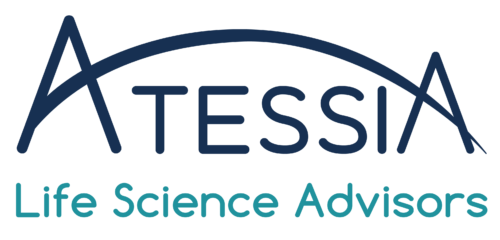Poisonous Substances: What Use within the Pharmaceutical Industry?
Poisonous substances refer to all narcotic drugs, psychotropic substances, or any substances likely to pose a danger to health (classified under “List I” or “List II” depending on the degree of health risk). They are defined in Article R5132-1 of the French Public Health Code.
When an active substance or a medicinal product is classified as a “poisonous substance,” its dispensing in pharmacies is subject to a mandatory medical prescription. For narcotic drugs, a so-called “secure prescription” must be presented.
The regulation of poisonous substances therefore covers substances, preparations, plants, and medicinal products.
Definitions
Medicines containing poisonous substances are classified either as:
- Narcotics;
- List I for substances presenting the highest risks to health;
- List II for others.
Lists I and II of poisonous substances, as mentioned in Article L5132-1 of the Public Health Code, include:
- Certain substances classified as hazardous to health under Article L1342-2;
- Medicines likely to pose a direct or indirect risk to health;
- Human medicines containing substances whose activity or adverse effects require medical monitoring;
- Any other product or substance presenting direct or indirect health risks.
List I means that a medicine may only be dispensed for the duration stated on the prescription, and renewal is possible only if indicated by the prescriber, up to a maximum of one year.
List II medicines may be dispensed multiple times from the same prescription for up to 12 months, unless otherwise specified by the prescriber.
Narcotics and Equivalent Substances
Narcotic drugs include, in particular, morphine and its derivatives. Their dispensing is subject to very strict rules: they require a secure prescription and may not be dispensed for more than 28 days.
Some non-narcotic medicines are required to comply, in whole or in part, with the rules applicable to narcotics: these are referred to as “narcotic-like medicines.”
When a medicine contains multiple substances or preparations subject to different classifications, it is subject to the strictest regime in the following descending order: narcotic, List I, List II.
In certain cases and under specific conditions, some substances or medicines used in common pathologies, at low doses and/or for short treatment durations, may be exempted from the poisonous substances lists and thus dispensed without prescription. The route of administration, composition, maximum doses or concentrations, and maximum treatment duration are specified in the exemption decision.

Classification
Since the decree of February 1, 2022, the ANSM (French National Agency for Medicines and Health Products Safety) is now responsible for:
- Classifying substances and medicines intended for human medicine under Lists I and II of poisonous substances;
- Classifying any substance, whether intended for human medicine or not, as a narcotic or psychotropic;
- Granting exemptions from these lists for certain substances or medicines.
Previously under the Ministry of Health, this competence now enables ANSM to restrict or limit access to certain medicines if necessary—particularly to ensure appropriate use, patient safety, and to prevent misuse. In coordination with other administrations, this also helps fight against the illicit trafficking of narcotics and psychotropics.
ANSM decisions will amend the decrees of February 22, 1990 concerning:
- Inclusion on poisonous substance lists,
- Exemptions from poisonous substance regulations, and
- Classification as narcotics or psychotropics.
Impact on Pharmaceutical Companies
Industrial pharmaceutical establishments must adapt to the regulatory requirements of this classification, covering activities such as manufacturing, importation, wholesale distribution, and research. Any failure to comply with these regulatory obligations may result in severe sanctions, requiring strict compliance.
These measures also apply to stakeholders in the veterinary medicines sector.
The regulation of poisonous substances also imposes additional requirements on the primary and secondary packaging of medicines containing these substances. Labels must include a green or red box in which the pharmacist must indicate the dosage to be followed.
Dispensing Rules
Special rules must also be followed regarding dispensing. Poisonous substances are not eligible for direct access requests (self-medication).
As a reminder, the ANSM defines the list of medicines that may be displayed in front of the counter in pharmacies as over-the-counter (OTC) products, based on criteria designed to ensure health and patient safety.
Support from Atessia
Atessia assists its clients in obtaining authorizations to open pharmaceutical establishments authorized to distribute narcotic medicines, as well as in validating packaging components.
Article written by Estelle ICARD, Junior Regulatory Affairs and External Communication Advisor

